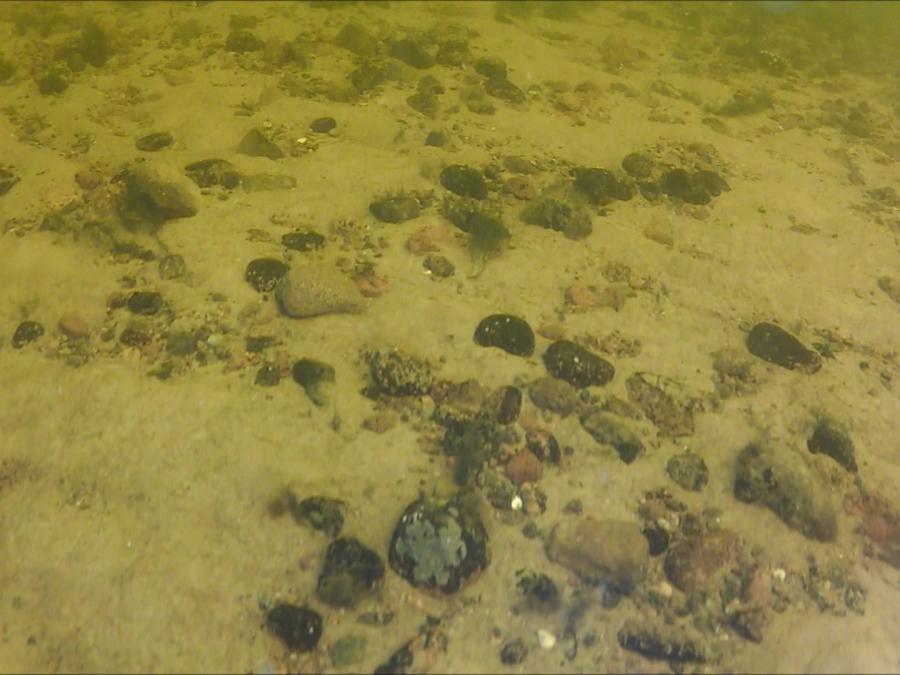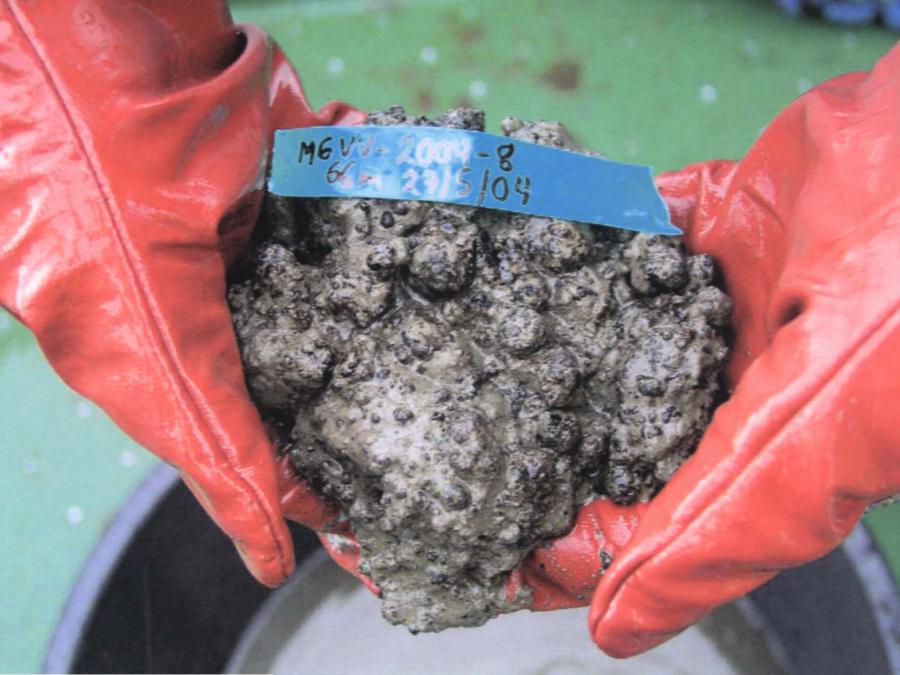Sanasto (englanti)
Some of the interface text in Estonian and Finnish is machine-translated
| Termi englanti | Termi venäjäksi | Termi viron kielellä | Termi suomeksi | Termin merkitys | Valokuva |
|---|---|---|---|---|---|
| Coastal zone | Береговая зона | Rannikuvöönd/Rannik | Rantavyöhyke | Area of modern interaction between land and sea, which consists of subaerial terrestrial, off-shore and subaqueous underwater coastal slope; the area above and below the water level, covering the underwater coastal slope and the shore. The boundaries of the modern coastal zones are defined as the most typical manifestation of exogenous processes (EGP) within it, namely, the excitement. Formed on the by now views, the upper boundary of the coastal zone is defined by the line on the annually recurring splash surf flow. The lower boundary of the coastal zone is the maximum depth of the impact of waves on the surface of the floor. |
|
| Coastal zone relief | Рельеф береговой зоны | Rannikuvööndi reljeef | Korkeusero | Combination of natural bodies of the earth's surface above and below sea level (submarine and surface relief), are divided into groups, types and forms, depending on the general characteristics, origin, age, and morphometric characteristics. |
|
| Cobble | Галька | Munakas | Kivi | A rock fragment smaller than boulder and larger than silt having a diameter in the range of 10 - 100 mm (RUS). See also Pebble, Stone. |

|
| Colonial birds | Колонии птиц | Koloniaalsed linnud | Yhteisölinnut | Formation of considerable nesting concentrations of birds on a limited territory arising from the lack of appropriate nesting biotopes, availability of abundant food items, protection from predators, etc. |
|
| Common reed (Phragmites australis) | Тростник обычный (Phragmites australis) | Harilik pilliroog | Järviruoko | See Reed. |
|
| Community | Сообщество | Kogukond | Yhteisö | A group of species that generally are assumed to be interdependent . The term can be used in a variety of hierarchies. Communitiesat larger scales can be progressively subdivided, such as spatially, taxonomically, and trophically, to finer scales. |
|
| Competition | Конкуренция | Konkurents (võistlus) | Kilpailu | An interaction between or among two or more individuals or species in which exploitation of resources by one affects any others negatively. |
|
| Concretion | Конкреция (желвак, нодуль) | Konkretsioon | Konkreetio | A hard, compact mass or aggregate of mineral matter, normally subspherical but commonly oblate, disk-shaped, or irregular with odd or fantastic outlines; formed by precipitation from aqueous solution about a nucleus or center, such as rock fragments, shell, bone, or fossil, and usually of a composition widely different from that of the rock or sediment in which it is found and from which it is rather sharply separated. It represents a concentration of some minor constituent of the enclosing rock or of cementing material, such as silica (chert), calcite, dolomite, iron oxide, pyrite, or gypsum, and it ranges in size from a small pellet-like object to a great spheroidal body as much as 3 m in diameter. Most concretions were formed during diagenesis, and many shortly after sediment deposition. Within the Baltic Sea so called FeMn concretions are most widespread. Several types of these concretions can be distinguished: spheroidal concretions – irregular spheroidal shape 2-30 mm in diameter with granular or smoothed surface texture; discoidal concretions – concentric horizontal banding around erratic nuclei or fragments of older concretions, up to 40-70 mm in diameter; large flat concretions or crusts usually without erratic nuclei, up to 200-300 mm in diameter, 10-50 mm thick, with granular surface texture; irregular crusts incorporating large amounts of clastic material or formed by the cementation of superficial deposits. The MnO2 contents are in the range 0.6-53.4% and Fe2O3 contents in the range 10.3-70.2%. The FeMn-minerals are mainly represented by amorphous or poorly crystalline oxyhydroxides. See: Nodule. |

|
| Continental rise | Континентальное подножие | Mandrijalam | Mannernousu | Part of a continental margin that is between the continental slope and the abyssal plain. It is best developed on trailing edges. It is a gentle incline with slopes of 1:40 to 1:2,000, and generally smooth topography, although it may bear submarine canyons. Syn: continental apron. (Glossary of Geology). |
|
| Continental shelf | Шельф континентальный | Mandrilava | Mannerjalusta | Part of the continental margin between shoreline and shelf break or, where there is no noticeable slope, between the shoreline and the point where the depth of the superjacent water is approximately between 100 and 200 metres. |
